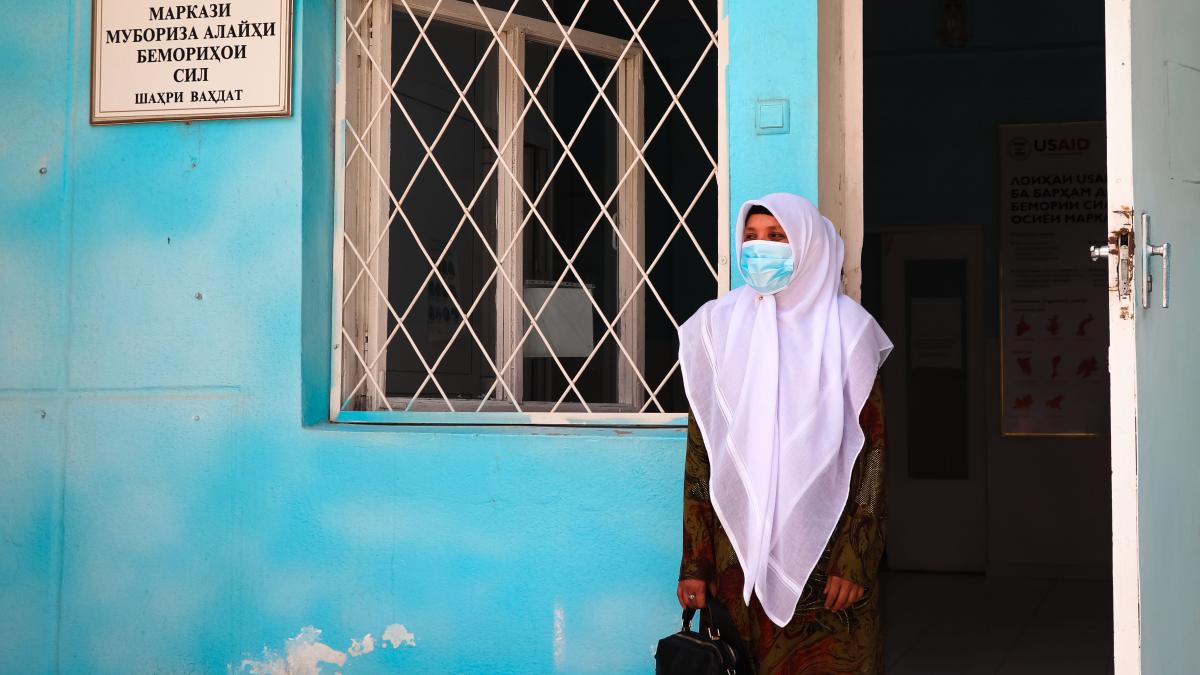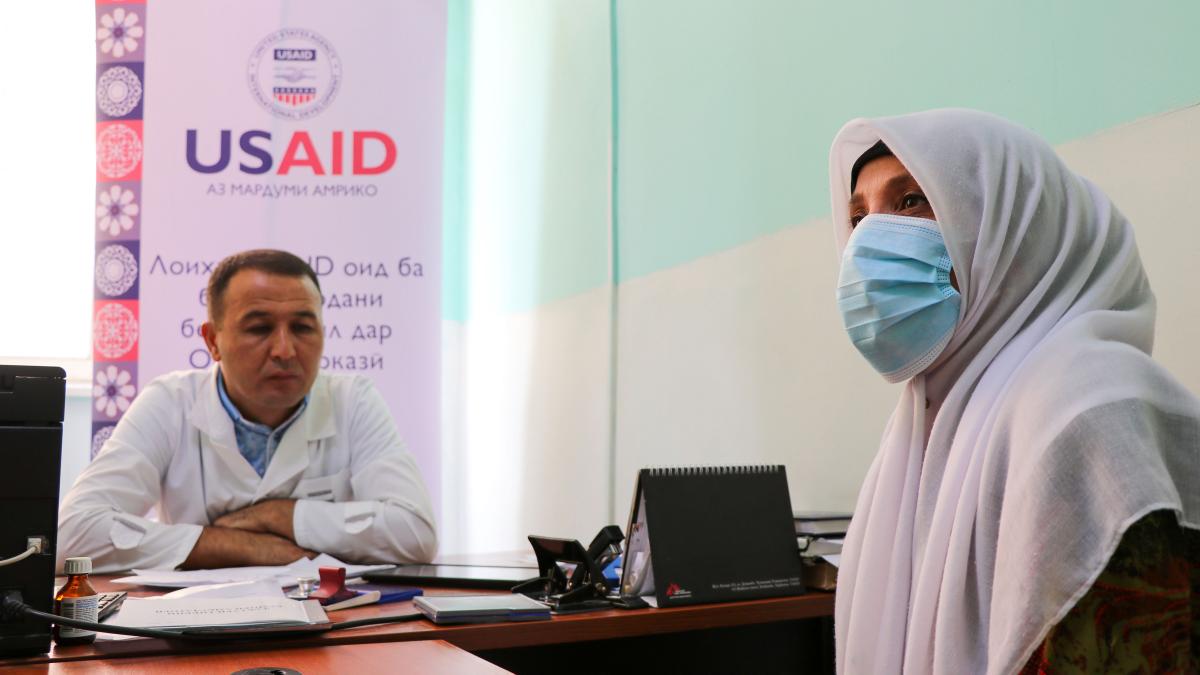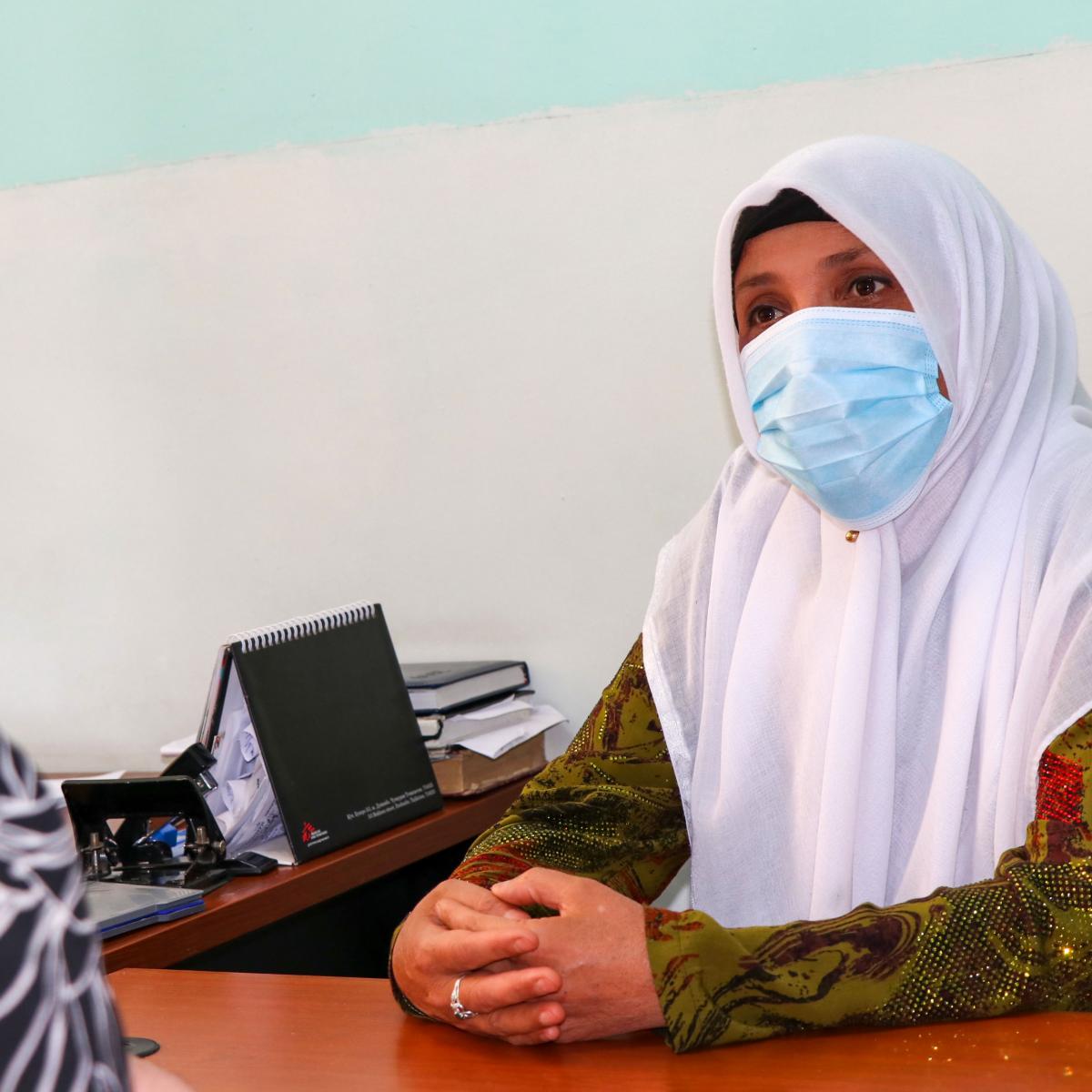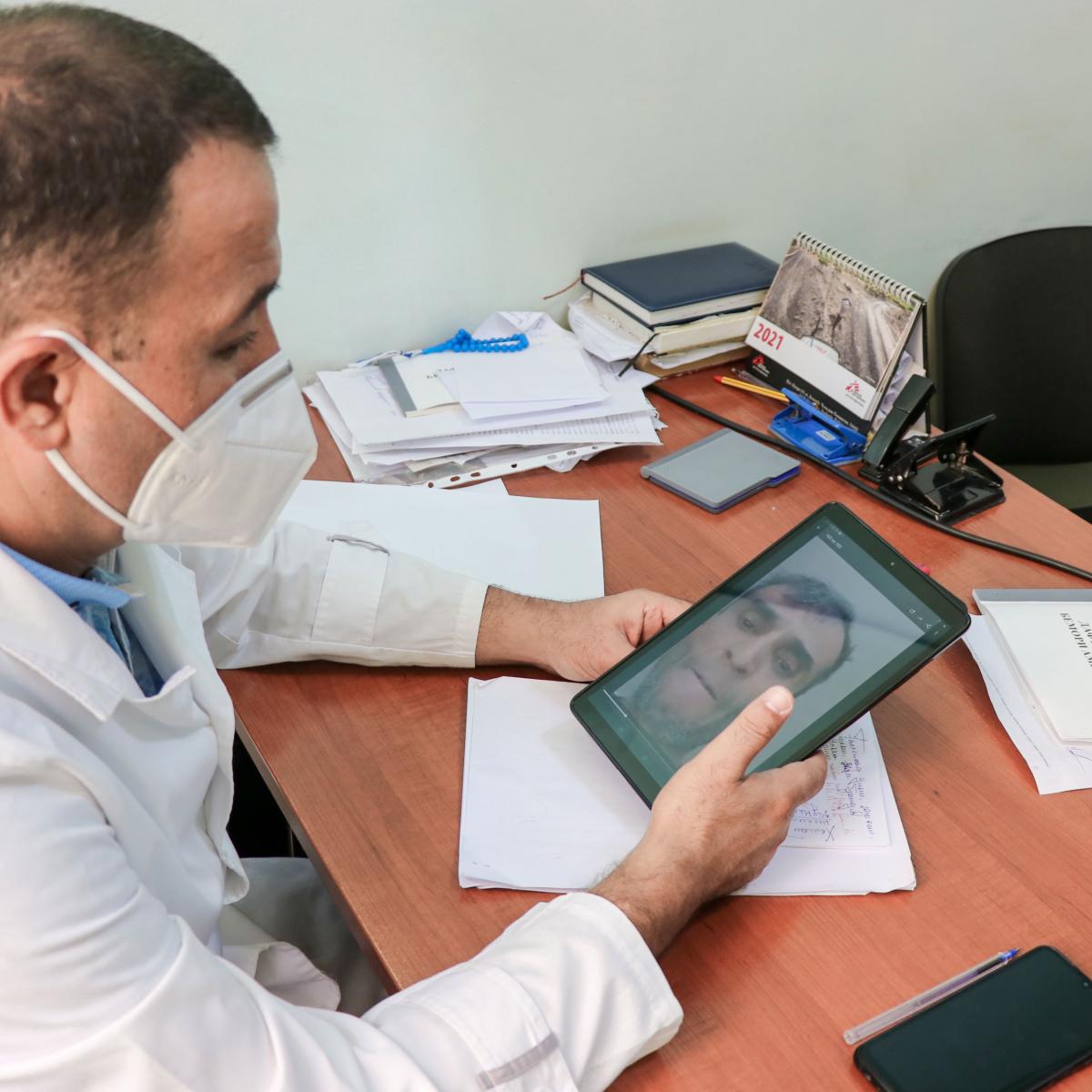In May 2022, Surayo began her third attempt at overcoming TB. She was admitted to Tajikistan’s National TB hospital where she underwent treatment for about six weeks. When she felt better and tests showed she was no longer contagious, Surayo was discharged from the hospital to continue her treatment at home.
Outpatient treatment was a challenge for Surayo. The lingering effects of her earlier car accident made it hard for Surayo to walk, let alone travel to the health center to take her medications each day under the supervision of a medical staff. Surayo did not have a source of income now that she was back in Tajikistan and the daily bus fare was more than she could afford.
Despite her commitment to sticking to her treatment, Surayo’s difficulties in getting to and from the health center each day put her continued treatment at risk.
Then, Surayo found out about a new approach that would make treatment much easier for her: video supported treatment (VST). VST relies on internet technology to allow patients to take their medications at home, with remote supervision and support from a health care worker in real time. For patients like Surayo, VST can mean the difference between terminating treatment early or sticking with their prescribed medications and getting cured.




